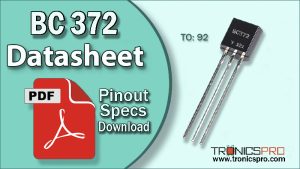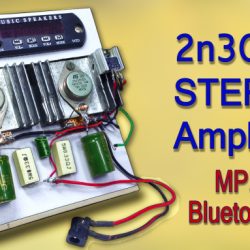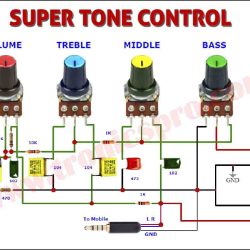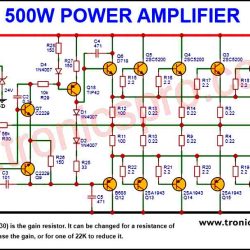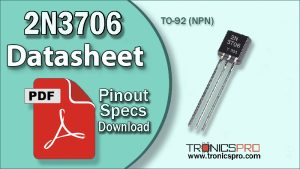The 2N6042 PNP transistor is a powerful silicon device designed for high-current switching and amplification in various industrial and electronic applications. If you are searching for 2N6042 pinout and electrical specifications, this detailed article covers all aspects, from working principle to equivalents and applications, ensuring you understand how to utilize this transistor effectively in your power circuits.

Introduction to 2N6042 PNP Transistor
The 2N6042 is a PNP power transistor housed in a TO-220 package. It is designed primarily for high-current, medium-voltage switching and amplification circuits. With its ability to handle 8A of collector current and up to 75W of power dissipation, the 2N6042 is suitable for use in motor drivers, voltage regulators, and audio amplifiers.
This transistor operates efficiently under 100V collector-emitter voltage (Vce) and provides excellent thermal stability due to its robust TO-220 metal-plastic encapsulation, which ensures reliable heat dissipation.
2N6042 PNP Transistor

Pinout of 2N6042

Pin Configuration of 2N6042 Pinout
| Pin# | Pin Name |
|---|---|
| 1 | Base |
| 2 | Collector |
| 3 | Emitter |
Understanding the 2N6042 Pinout Configuration
The pin configuration of the 2N6042 PNP transistor follows the standard Base-Collector-Emitter (B-C-E) layout when viewed from the front side of the TO-220 package. Understanding the pin arrangement is essential for accurate circuit placement and avoiding reverse connections that may damage the transistor.
Key Features of 2N6042 Transistor
- High power dissipation capability for durable operation.
- Designed for general-purpose power switching and linear amplification.
- Reliable thermal performance due to TO-220 encapsulation.
- Suitable for audio and voltage regulation circuits.
- Excellent DC gain and fast switching speed.
- Can handle heavy load currents with stability.
2N6042 Transistor Datasheet and Specifications
- Collector-Emitter Voltage (Vce): -100V
- Collector-Base Voltage (Vcb): -100V
- Emitter-Base Voltage (Veb): -5V
- Collector Current (Ic): -8A
- Power Dissipation (Ptot): 75W
- DC Current Gain (hFE): 40 (typical at 4A)
- Operating Junction Temperature (Tj): up to 150°C
- Package Type: TO-220
- Transistor Type: PNP
Working Principle of 2N6042 Transistor
The 2N6042 PNP transistor operates by allowing current flow from the emitter to the collector when a small current is applied to the base terminal in the opposite direction. In its normal active mode, a negative base voltage relative to the emitter enables conduction. It’s ideal for use in low-side switching, voltage regulation, and amplification, especially where high current and voltage handling are necessary.
Because of its strong power handling and gain characteristics, it is frequently used in motor control circuits, regulated power supplies, and audio stages.
More Circuit Layouts



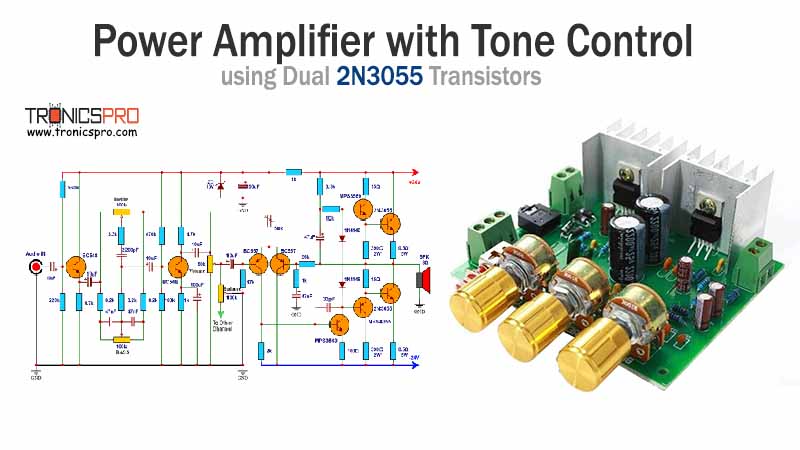
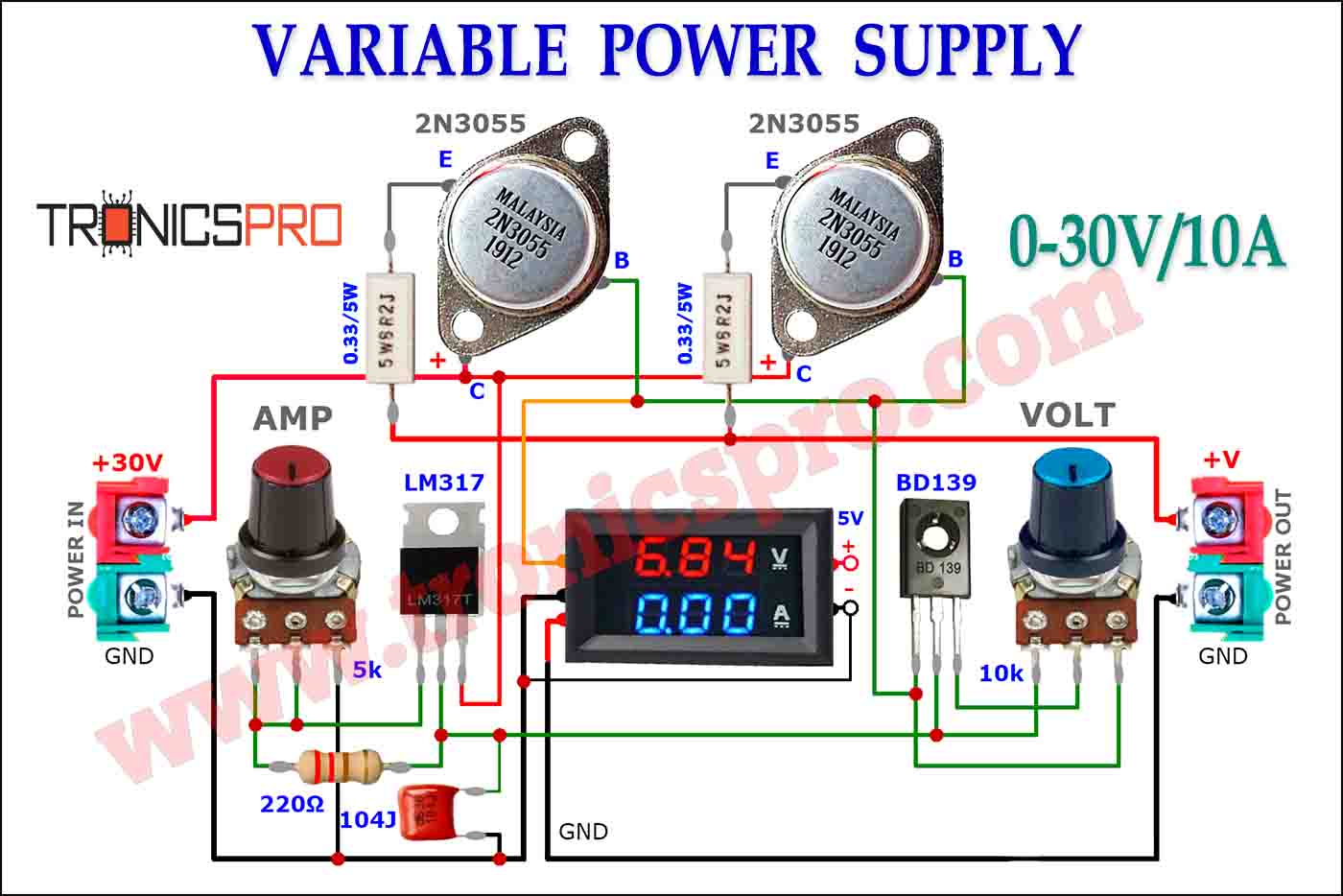


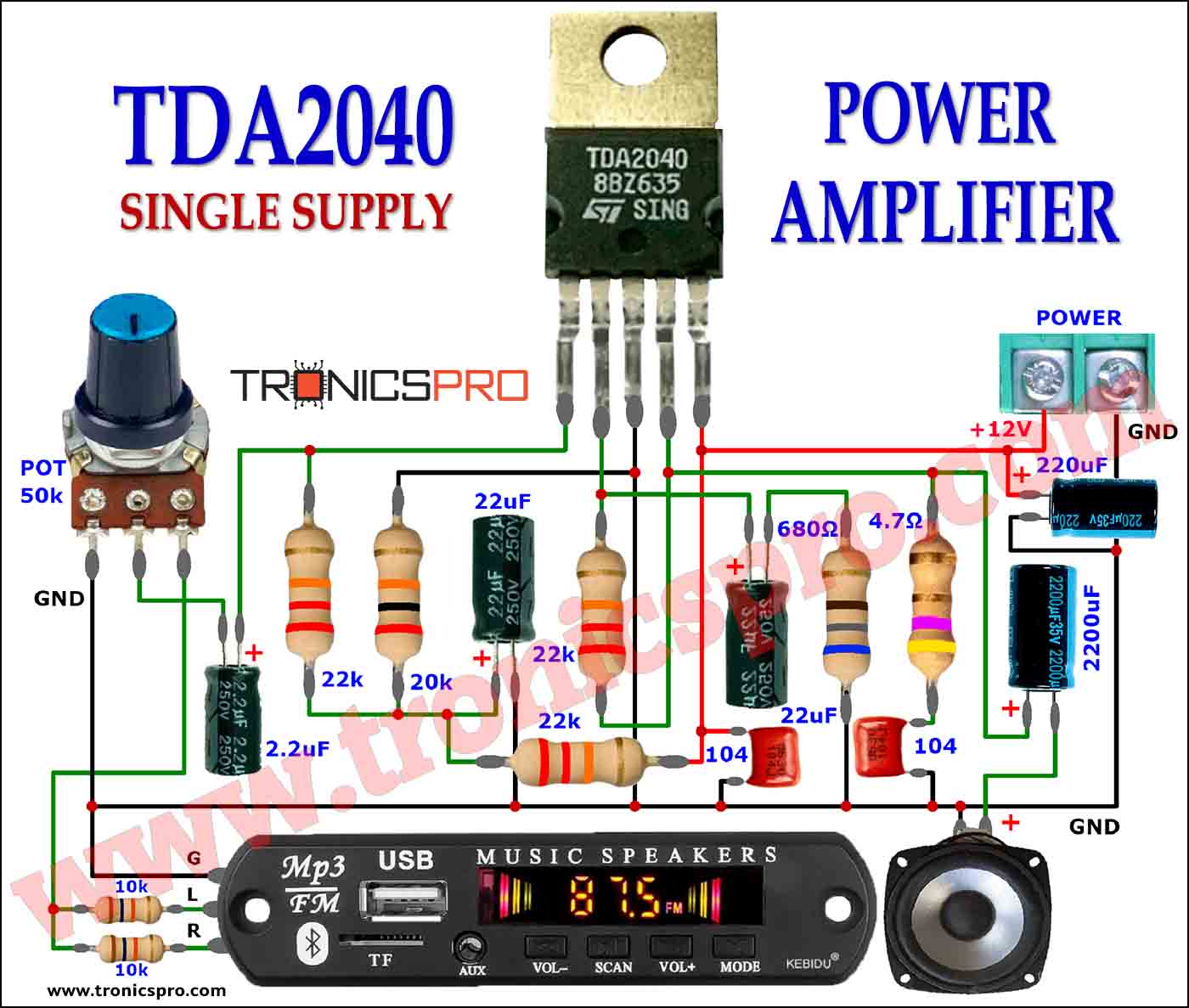
PNP Complementary and NPN Counterpart
The 2N6042 does not have an officially paired complementary NPN transistor under the same series. However, it can be matched in circuits with similar NPN types such as 2N6045 or TIP41C for complementary symmetry configurations.
Comparison Summary: 2N6042 vs TIP42C vs BD912
The 2N6042, TIP42C, and BD912 are all popular PNP power transistors, but they differ slightly in voltage and current handling. The 2N6042 offers a balanced combination of moderate voltage and high current performance, ideal for both switching and amplification. The TIP42C can handle similar power levels but is often preferred in general-purpose designs, while the BD912 provides excellent linearity for audio applications.
Overall, the 2N6042 stands out for its reliable TO-220 construction, making it a versatile choice for high-performance PNP applications.
Applications of 2N6042 Transistor
- Power amplifier stages.
- Audio and speaker driver circuits.
- Voltage regulation and control systems.
- Motor driver and actuator circuits.
- Switching power supplies (SMPS).
- Relay or lamp drivers.
- Inverter and DC-to-DC converter circuits.
Equivalent and Alternative Transistors
These equivalents share similar power ratings and voltage ranges, making them suitable replacements for 2N6042 in most medium-to-high current circuits.
Frequently Asked Questions (FAQ)
What is the 2N6042 transistor used for?
It’s used in power amplification, switching circuits, and voltage regulators, handling up to 8A current and 75W power.
What is the pin configuration of 2N6042?
It follows the Base-Collector-Emitter (B-C-E) layout when viewed from the front side.
Is 2N6042 a PNP or NPN transistor?
The 2N6042 is a PNP transistor designed for high-current switching.
What is the maximum collector current of 2N6042?
It can handle a maximum collector current of 8A.
Can TIP42C replace 2N6042?
Yes, the TIP42C can be used as an equivalent or replacement in many circuits with similar voltage and current requirements.
Conclusion
The 2N6042 PNP transistor is a highly efficient and durable device for power amplification and switching applications. Its excellent thermal performance, robust design, and high collector current capacity make it suitable for industrial power circuits, audio systems, and regulators. Understanding the 2N6042 pinout and specifications ensures safe and efficient circuit integration.
For engineers and DIY electronics enthusiasts, this transistor remains a dependable choice for medium to high-power PNP applications.
Datasheet & Pinout of 2N6042 PNP Transistor
Click the following Button to download the datasheet of 2N6042 Transistor :
More projects, You may like:
- Video Transmitter DIY Homemade FM Radio Transmitter
- Adjustable Power Supply DIY Battery Charger
- 12V-220V 500 Watt inverter DIY Homemade
- MPPT Solar Charge Controller DIY Homemade
- DIY LA4440 bass amplifier homemade
For more project and circuit diagrams, you can go through the Schematics in the main menu where you can find many interesting projects and circuit diagrams like audio amplifier circuits, voltage booster circuit, battery charger circuit and timer circuits etc., which are all beginner circuit projects. Feel free to check them out!

Thank you for visiting the article.



